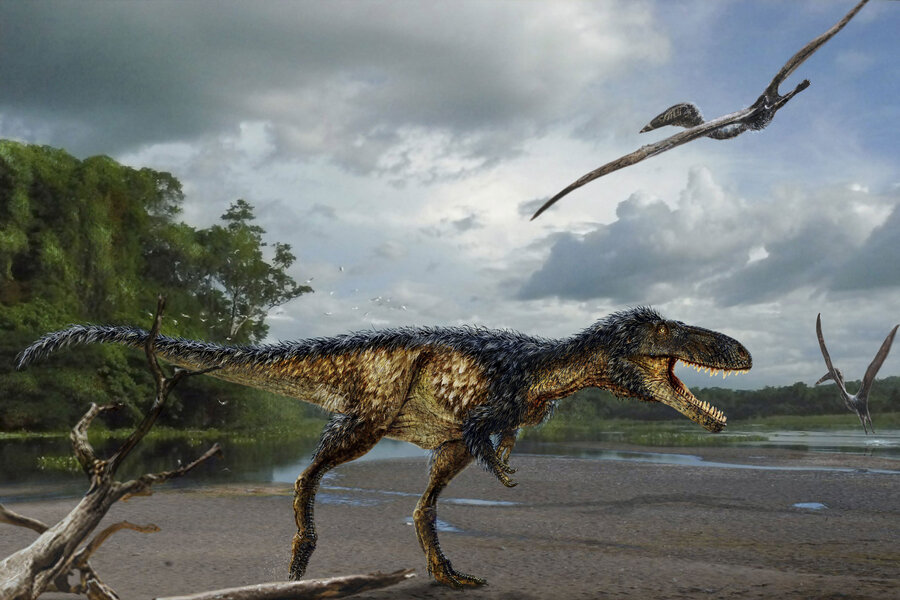Scientists genetically alter chick DNA to grow dinosaur limbs
Loading...
The genes of a chick can be manipulated to lengthen its legs to dinosaur-like proportions, researchers announced.
No one need yet be afraid that such experiments are advancing a "dawn of the dinosaurs" that would spell a "Jurassic Park"-like fate for human society. These "dino-chicks" failed to hatch – so far.
"These studies are not aimed at producing dinosaurs for commercial or non-scientific purposes, as in the 'Jurassic Park' series," according to a press release.
It may remind some at first of the work done by researchers who grow human-like ears atop rats, but the purpose of this forced cross-species experiment is completely different. The study, published last week in the journal Evolution, aims to demonstrate how evolution might work in the long-term, saying that because of the evolutionary relationship between chickens and dinosaurs, the oddly shod chick has experienced "reverse evolution," the Agence France-Presse reported.
"By inhibiting early maturation of a leg of the chicken embryo, the leg reverts to the shape that dinosaurs' legs had," Alexander Vargas, one of the six researchers at the University of Chile told AFP.
The "Jurassic Park" comparisons are not wholly inappropriate, as this work supported the theory that birds evolved from theropods, a small type of dinosaur, during the Jurassic period 145 million years ago.
Dr. Vargas told the AFP the study, led by Brazilian researcher Joao Botelho, sheds light on the genetic changes associated with the evolutionary patterns biologists have studied in the fossil record.
"Fossil evidence supports the evolution of a fibula that was splinter-like, but almost as long as the tibia, before convergent evolution in different lineages of a strongly reduced fibula," researchers wrote in the study.
All chickens have a fibula, but in adults it is shorter than the bird's tibia. In dinosaurs, the tube-shaped fibula reaches from the top of its leg to the animal's ankle. Scientists hypothesized that in its very earliest stages of embryonic development, a chick's fibula might more closely resemble that of a dinosaur than its parent chicken, and they wondered whether it could maintain that shape, according to a press release.
Researchers found that the development of the chicken's short fibula was being stopped in its usual growth patterns by an identifiable gene, colorfully named the Indian Hedgehog gene, science writer BEC Crew reports for Science Alert. When they halted the work of this gene, researchers saw a chicken embryo with longer, spiny legs that resembled those of a dinosaur.






